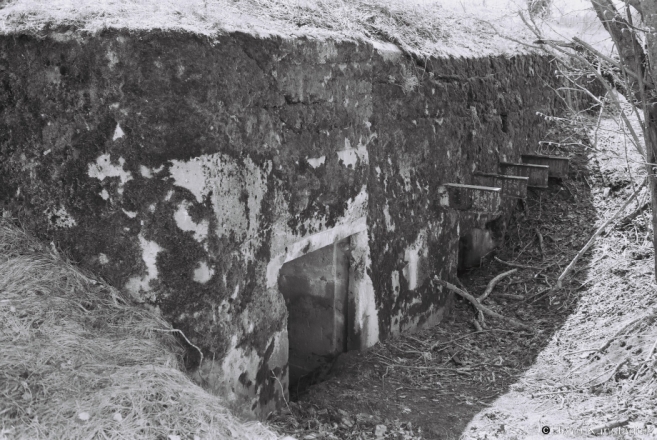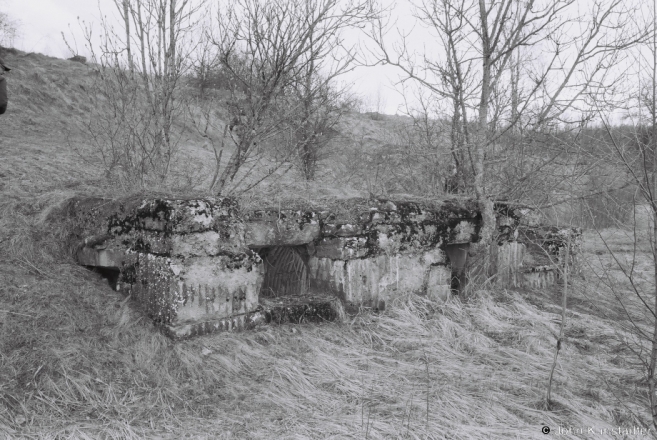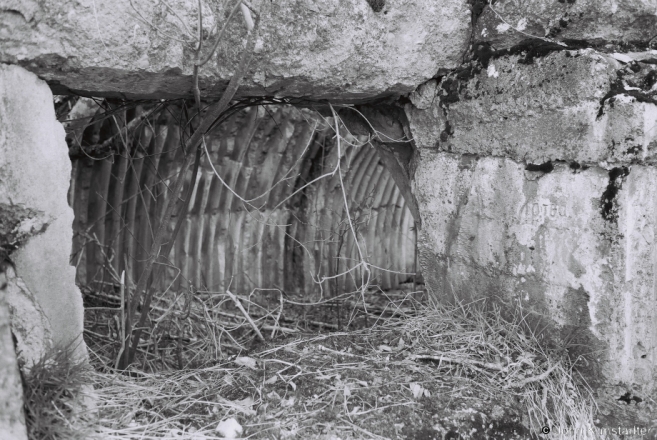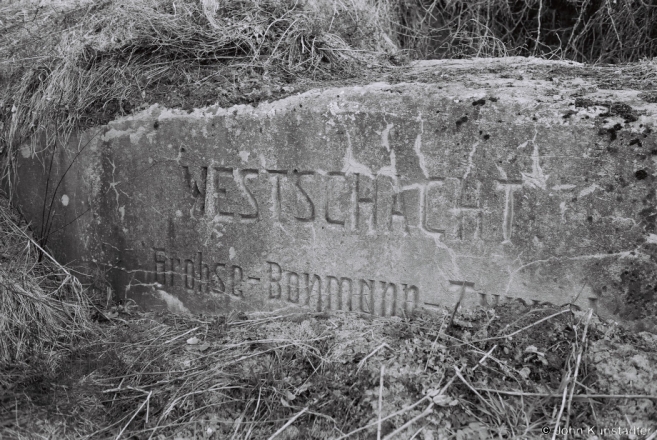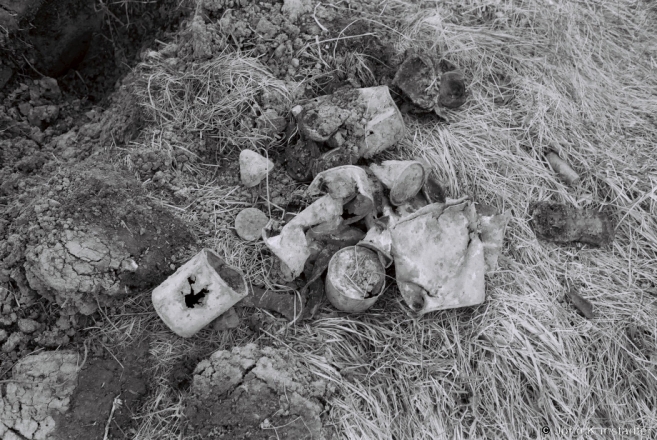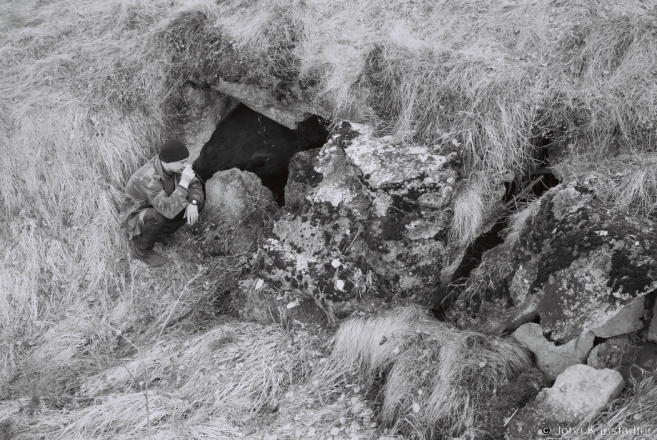April 2017 photo expedition to Vjaljejka, Mjadzjel and Pastavy Districts with Anton Astapovich, chairman of the Belarusian Association for the Preservation of Historic and Cultural Monuments (БДТАПГК) and regional historian and conservationist Andrej Matsur. Part II/IV: along the trace of the Eastern Front — German World War I fortifications and cemeteries in Mjadzjel and Pastavy Districts (Kabajli, Khodasy, Pjatroushchyna, Drabushy, Vjalikaja Ol’sa).
Фотавандроўка ў красавіку 2017 г. з Антонам Астаповічам, старшынёй Беларускага дабраахвотнага таварыства аховы помнікаў гісторыі й культуры (БДТАПГК) і пастаўскім краязнаўцам Андрэем Мацурам па спадчыне Вялейскага, Мядзедьскага й Пастаўскага раёнаў. Частка II/IV: па лініі Ўсходняга фронту — доты й могілкі нямецкай імперскай арміі ў Мядзельскам і Пастаўскім раёнах (Кабайлі, Ходасы, Пятроўшчына, Драбушы, Вялікая Ольса).
The Eastern front stalled for more than two years of grinding trench warfare, punctuated by futile offensives, along a line cutting from northeast to southwest across the Belarusian lands. Aside from heavy combat casualties in all three imperial armies (German and Austrian versus Russian), the Eastern front caused massive displacement, death and devastation of property among the civilian population.
Owing to the use of reinforced concrete and methodical engineering, German front-line fortifications have held up well along much of the line during the past century. The Russian imperial army lacked the concrete and reinforcing bars to build equivalent counterparts and most Russian fortifications have disappeared. Moreover, the Soviets deliberately ignored or suppressed the historical significance of the Eastern Front during their 52-year occupation (1939-1991) of the Belarusian lands through which the front had run. Thus there were no efforts at conservation or restoration during this period.
However, since the early 2000s groups of Belarusian local historians, among whom Andrej Matsur and his team from Pastavy are playing an outstanding role, have worked commendably to excavate and document the fortifications along the front line.
Kabajli is located at the northern edge of Mjadzjel District in Mjensk Region, just south of Pastavy District, which has a wealth of World War I sites — both fortifications and military cemeteries — and which was the central focus of this photo expedition.
Kabajli: German World War I bunker.
Кабайлі: нямецкі ДОТ Першай сусьветнай вайны.
German fortifications along the path from Kabajli to Khodasy.
Нямецкыя аьарончае ўмацаваньні ўздоўж сьцежкі Каьайлі-Ходасы.
Entrance to German tunnel.
Уваход у нямецкі тунэль.
Shell fragments and trash.
Фрагменты боепрыпасаў і франтавае сьмецьце.
Local historian Andrej Matsur.
Пастаўскі краязнаўца Аедрэй Мацур.
